Just last month, I stumbled upon a dusty guitar tucked away in the corner of a vintage shop. Its elegant design whispered stories of musical grandeur, yet no one could confirm its origin or true value without diving into the enigmatic world of guitar serial numbers. This mystery sparked my journey into guitar serial number search, a task both thrilling and revealing, shedding light on the unique histories hidden within each instrument. In this article, I’ll guide you on how to harness these serials for accurate model verification and uncover the stories shaping your own guitar’s legacy. The pursuit of understanding these strings of numbers not only enhances our connection to the instrument but also fuels our appreciation for its artistry. Ready to unlock the historical essence of your guitar? Let’s delve into the intricate dance of numbers and discovery.
What are Guitar Serial Numbers?
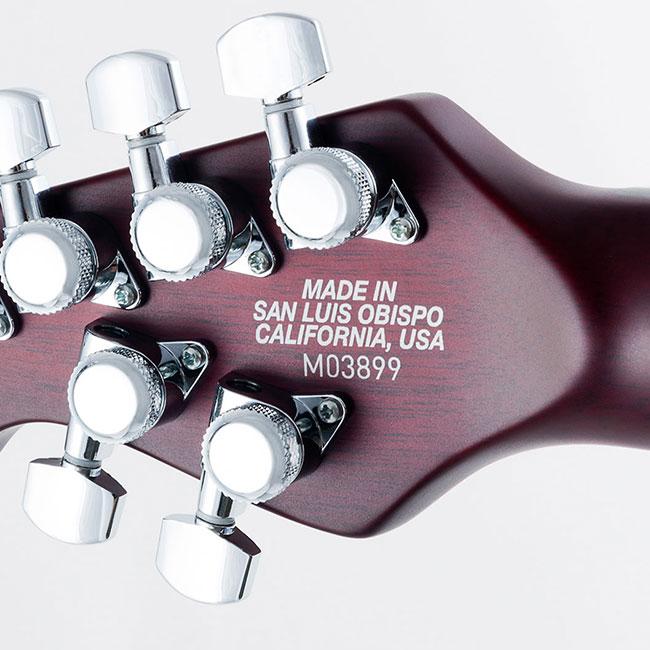
Have you ever wondered what secrets lie within the seemingly random digits of a guitar’s serial number? From my years of experience in instrument design, I have come to appreciate that these numbers are not just mere identifiers; they are blueprints of a guitar’s lineage and craftsmanship. Every guitar bears a serial number—a silent narrator that, when decoded, can reveal the age, place of manufacture, and even details about unique aspects of its construction.
The journey into understanding serial numbers began early in my career, when I realized the profound history each instrument encapsulates. A serial number can pinpoint the year a guitar was crafted, offering insight into the materials and techniques available at that time. Each digit is a clue, pointing us towards understanding the broader story of the guitar’s origin and the hands that built it.
When I hold a guitar and examine its serial number, I see more than a sequence of numbers. I see a legacy of craftsmanship and innovation. By interpreting these numbers, we gain not only a deeper connection to the instrument but also to the rich tapestry of its making. This appreciation underscores the importance of verifying guitar models and delving into their serial number codes.
Why are Guitar Serial Numbers Important?
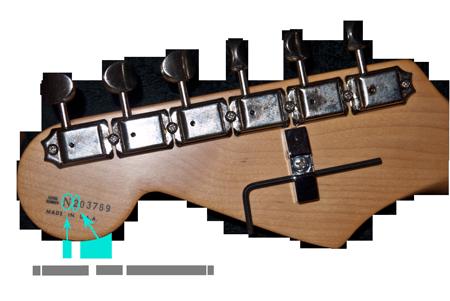
Is it possible that owning a guitar with a fake serial number could devalue your prized possession? As someone who’s spent years immersed in the world of stringed instruments, ensuring authenticity is practically second nature to me. When I first dove into this field, I was astounded by how much a guitar’s serial number could reveal. Serial numbers are more than just identifiers—they are the threads weaving through the vast tapestry of a guitar’s history, craftsmanship, and legitimacy.
Without a genuine serial number, we risk losing the connection to a guitar’s origin and the hands that crafted it. The integrity of craftsmanship is intimately tied to authenticity. An accurate serial number reassures us that the guitar we treasure was built by the artisans and brands we admire. In a market flooded with copies and counterfeits, the trust these numbers uphold is both a beacon and a safeguard.
From documenting changes in manufacturing techniques over years to pinpointing the specific model and year of creation, the right serial number is indispensable. For anyone—whether a collector, musician, or enthusiast—serial numbers are crucial for verifying that what you hold is truly what it claims to be. Without them, one’s investment, both financial and emotional, can be jeopardized.
Where to Find Guitar Serial Numbers
Common Locations
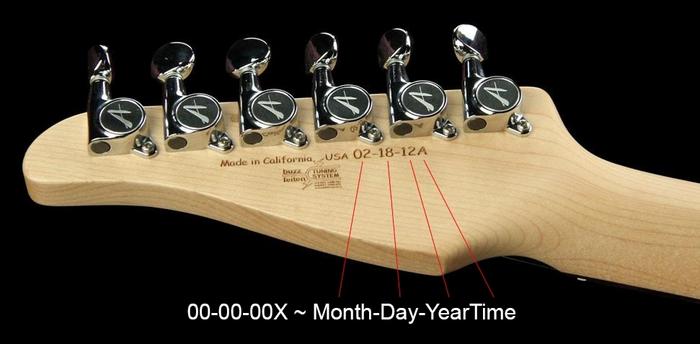
Did you know that the location of a guitar’s serial number can vary greatly between manufacturers? It’s fascinating how much this simple detail can influence your journey toward accurate guitar model identification. I’ve encountered myriad guitars, each holding its serial number in a place unique to its brand and history. Understanding these common locations has been my compass for quick and efficient identification. For instance, many electric guitars display their serial numbers on the back of the headstock, but acoustic guitars often hide theirs inside the soundhole, giving them a touch of mystery. On some vintage models, you might find them stamped along the neck or even engraved on the bridge plate. By familiarizing yourself with these nuances, you can bypass a lot of frustration and make the entire process more intuitive. This knowledge not only speeds up your search but also enhances your confidence in verifying any guitar model you encounter.
Exploring Manufacturer Websites

What if the key to unlocking your guitar’s secrets is just a few clicks away? In my journey as a guitar enthusiast, I have discovered that exploring manufacturer websites is an invaluable resource in verifying guitar models through serial numbers. Delving into a detailed Fender serial number lookup or using the Gibson guitar decoder on their respective sites can feel like opening a treasure chest of historical data.
Manufacturers like Taylor and Martin offer robust platforms for serial number identification. Taylor’s dedicated page on Taylor guitars serial number research allows for precise Martin guitar dating, aiding in not only deciphering the instrument’s age but also in providing clarity on its origin and model lineage.
When I explore the Jackson guitar serial lookup tool or identify the production year of PRS guitars with year identification, I’m reminded of just how crucial these digital visits are. This practice not only enhances my understanding but also enriches the value of my collection through accurate model verification. As we continue navigating the labyrinth of guitar serial numbers, remember that manufacturer sites serve as reliable pillars in our quest for authenticity.
How to Determine Guitar Age and Model
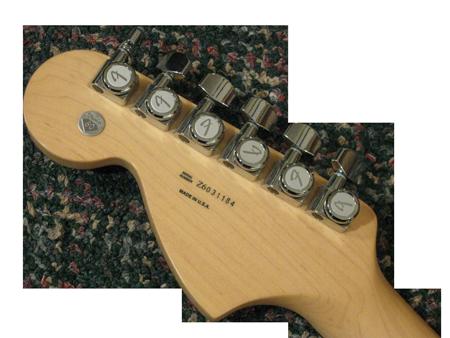
Can a simple number tell you the age and model of your guitar with remarkable accuracy? As someone who has spent countless years immersed in the nuances of instrument acoustics and design, I can affirm that, indeed, it can. The serial number on your guitar is more than just a string of digits; it is a gateway into the life story of your instrument. Understanding this story could dramatically enhance your appreciation of its craftsmanship and heritage.
My journey through the world of guitars has shown me that determining a guitar’s age and model is akin to peeling back layers of its history. The first step is recognizing the format of the serial number. Each manufacturer has a unique method of embedding vital information within these numbers. For instance, a Fender guitar’s serial number will significantly differ in structure from a Gibson’s. Carefully deciphering these patterns unveils the instrument’s date of manufacture and specific model.
I remember the thrill of discovering an antique guitar, tracing its lineage back decades just by analyzing its serial code. My passion for these revelations has driven me to decode guitars not merely as musical tools but as testimonies of artistic legacy. By cross-referencing the serial number with manufacturer records, often available on their websites, you can align each instrument to its rightful place in history.
In this pursuit, the relationship between the serial number and the guitar’s craftsmanship reveals itself in stunning clarity. This knowledge enriches your connection to the instrument, transforming each strum into a dialogue across time. As we delve deeper, we’ll explore not only how these numbers define age and model but also how they can enhance the intrinsic value of this beloved, soulful companion.
How to Assess Guitar Value Based on Serial Numbers
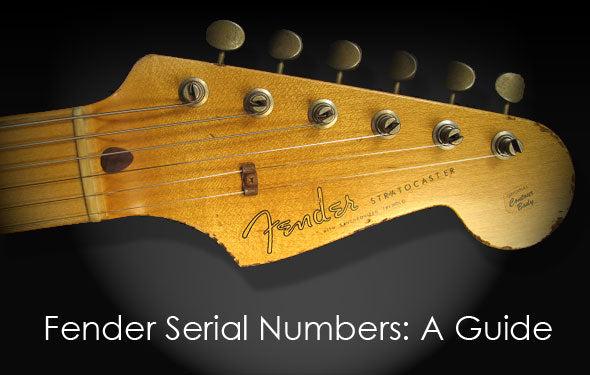
As a dedicated member of the New England Luthiers group, I’ve spent countless hours immersed in the world of guitars, constantly assessing their unique characteristics and values. One of the most intriguing aspects of this craft is the intricate tale a guitar’s serial number can tell. Did you know that a guitar’s value can fluctuate dramatically based on its model and authenticity? A serial number acts as the gateway to unraveling this story, revealing insights about its origin and value, which directly impact its worth in the market.
When appraising a guitar, the serial number is your most reliable starting point. Each manufacturer has its own system of assigning numbers, often embedding critical details like production date, model series, and even the specific production facility. These nuances are not just random digits but clues leading to a model’s authenticity and historical significance.
From my experience, one key step is cross-referencing the serial number with manufacturer databases or credible resources. This process provides concrete evidence of a guitar’s legitimacy, helping to verify whether an instrument is truly a vintage collectible or simply a replica. By doing so, you can not only educate yourself further but also ensure that both you and the potential buyer or seller are treating the instrument with the respect its heritage deserves.
Understanding how to effectively evaluate these numbers equips you with the expertise to appropriately gauge an instrument’s market value. This knowledge extends beyond mere appraisal—it’s about preserving the legacy and craftsmanship embedded in every single string and fret of the instrument.
Common Tools for Serial Number Lookup
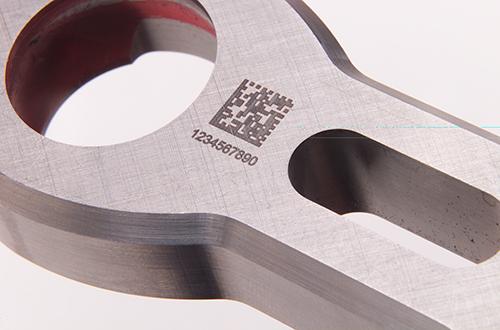
In my years of delving into the intricate world of guitars, I’ve come to realize that searching for guitar serial numbers is akin to embarking on a treasure hunt. There’s a satisfying thrill in decoding a series of digits that can reveal a guitar’s true identity—its age, its model, and its origin. However, which tools are indispensable for a thorough guitar serial number lookup? This query forms the crux of beginning any successful search, and knowing the right resources can turn an overwhelming task into a streamlined mission.
From my editorial background, I’ve compiled a blend of both traditional and modern instruments that are essential for the discerning guitar enthusiast. For starters, accessing the official manufacturer websites is a must. Brands like Gibson, Fender, and Martin often have their own serial number databases, which I find invaluable for verifying authenticity and model specifics. For those seeking more granular insights, online forums and communities can be treasure troves of shared knowledge and expertise—places where I’ve often shared my findings and learned from fellow aficionados.
While digitized databases offer precision, never underestimate the power of physical reference guides. My own bookshelf holds numerous volumes dedicated to serial number information for various brands and models. Balancing digital sources with these time-tested tomes allows for cross-verification, ensuring accuracy in every lookup journey. Ultimately, these tools, coupled with patience and curiosity, form the backbone of any comprehensive guitar serial number exploration.
FAQs
What is a guitar serial number?
Where can I find the serial number on my guitar?
How do I search a guitar serial number for model verification?
What information can I get from a guitar serial number?
Conclusion
Is it time for you to unlock the hidden stories of your guitars through their serial numbers? Embracing this idea, I’ve found that each guitar holds a unique history, etched forever in its serial number. By diving into a guitar serial number search, you can unravel intriguing details about its age, model, and even the value—a treasure map of insights for any guitarist.
Your journey to understanding your guitar’s heritage begins by locating these numbers, whether stamped on the headstock or inscribed within the soundhole. Armed with this knowledge, use manufacturer websites and expert databases to decode the mysteries of your instrument’s past.
I’ve seen how firsthand experience and a commitment to lutherie have enriched my appreciation for these musical companions. By encouraging guitarists to embrace the stories behind their instruments, I hope to inspire you to deepen your connection with your weapon of choice and bring newfound appreciation to every note you play.

R.M. Mottola, an engineer-turned-luthier, revolutionizes stringed instrument design with his deep focus on acoustics and ergonomics since 1994. As editor of the Savart Journal and a key contributor to American Lutherie, Mottola merges science with artistry in lutherie. He enriches the field with his extensive knowledge, shared through his Liutaio Mottola website, making him a beacon in the world of modern instrument craftsmanship.
